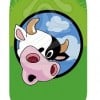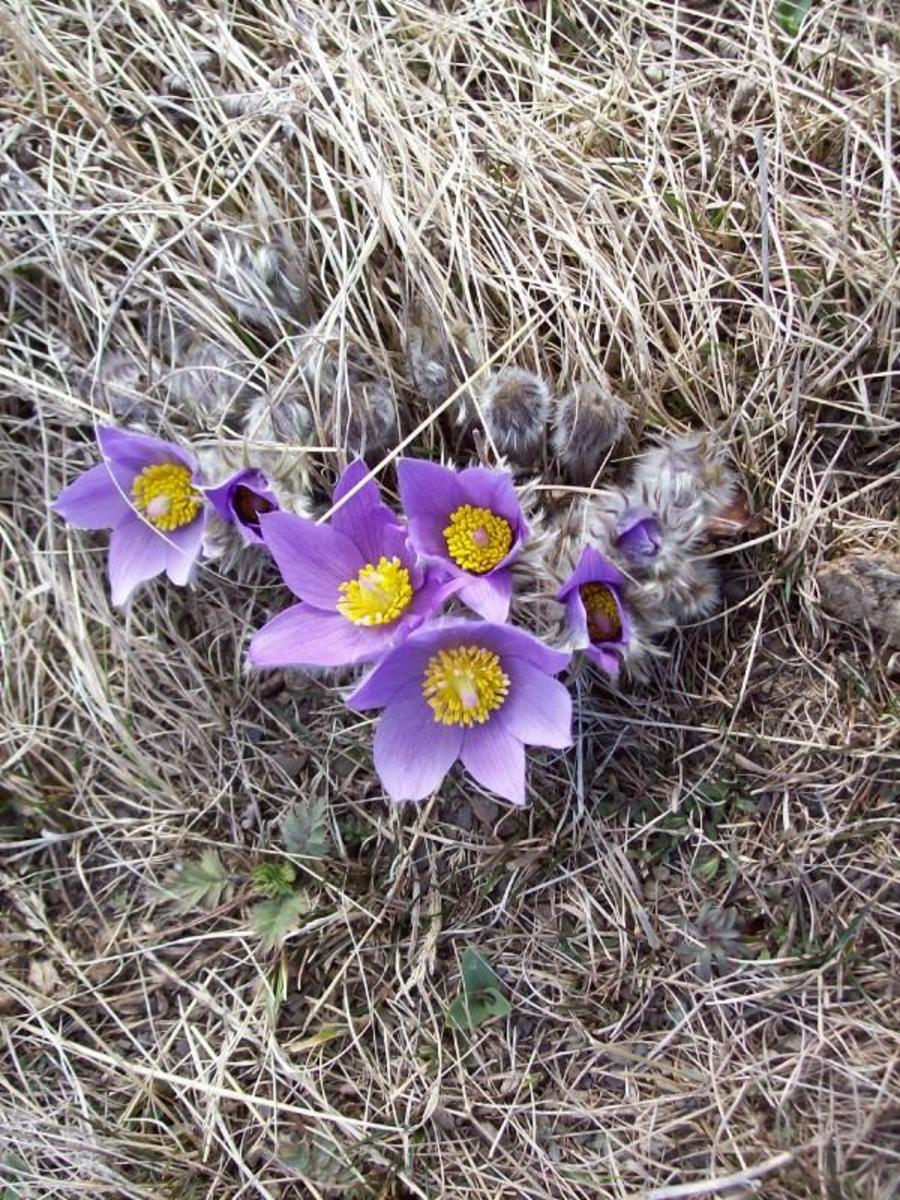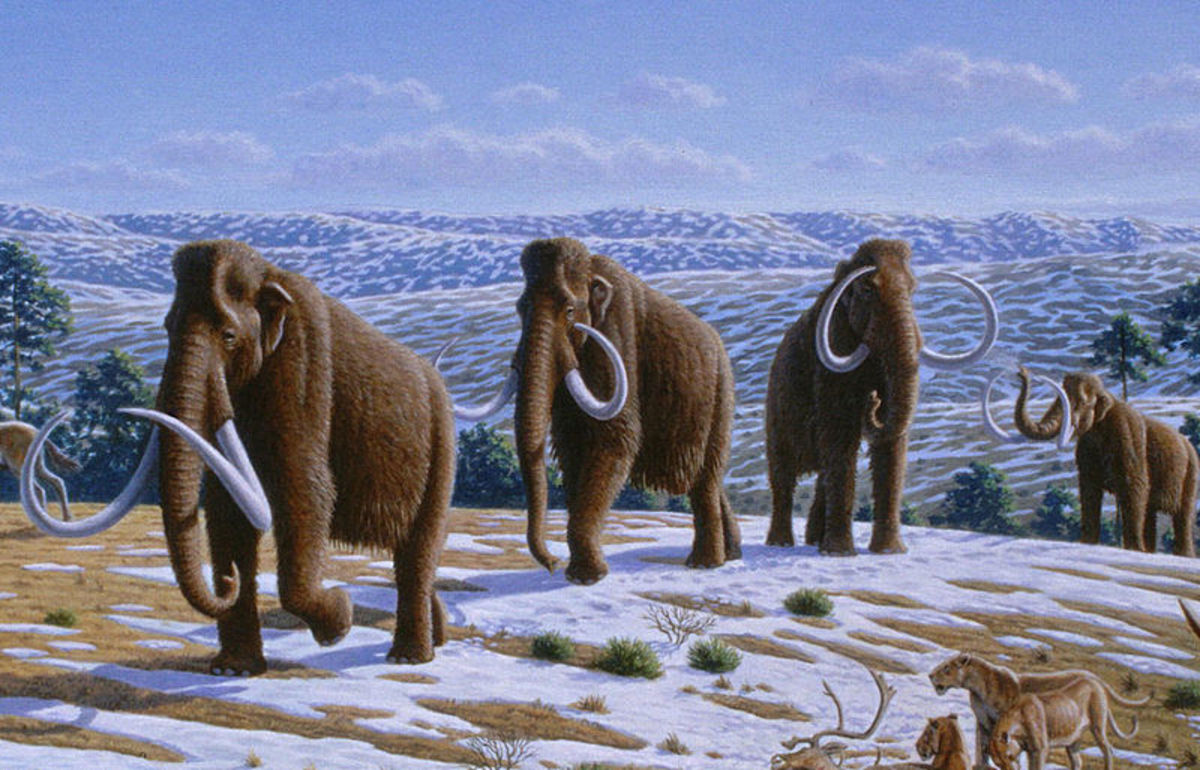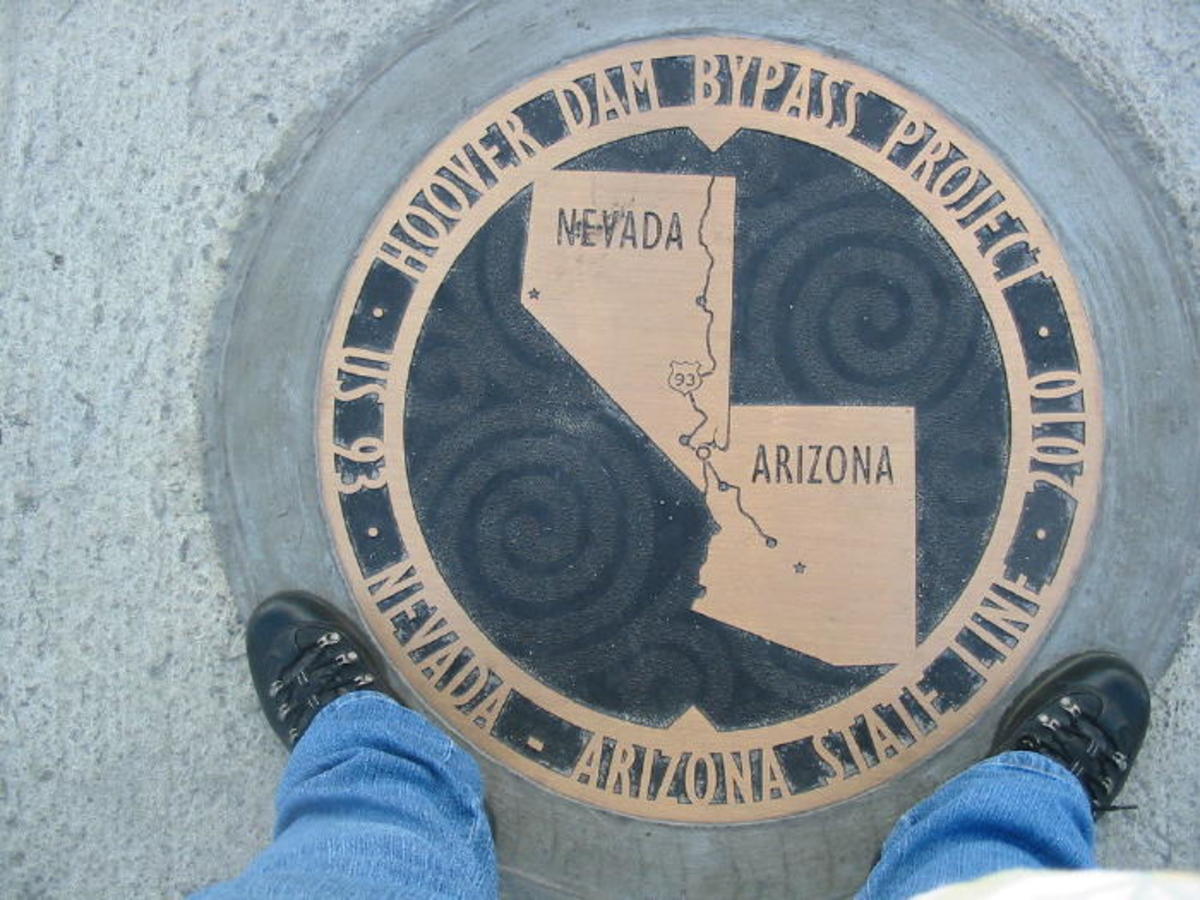Prairie Dog Facts
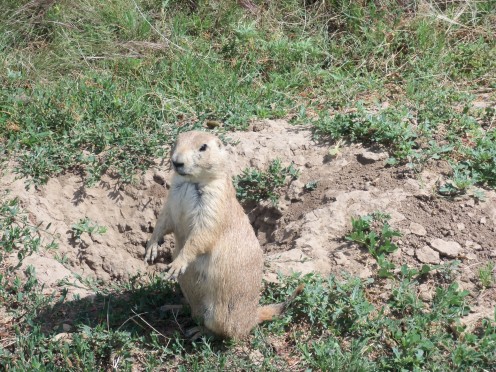
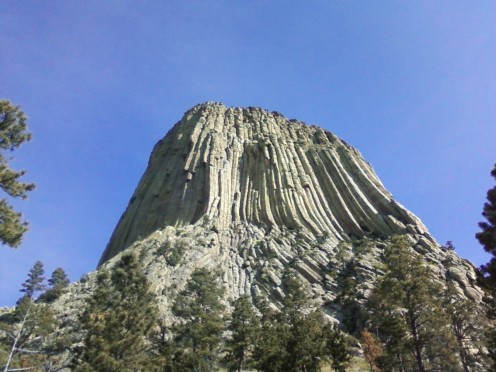
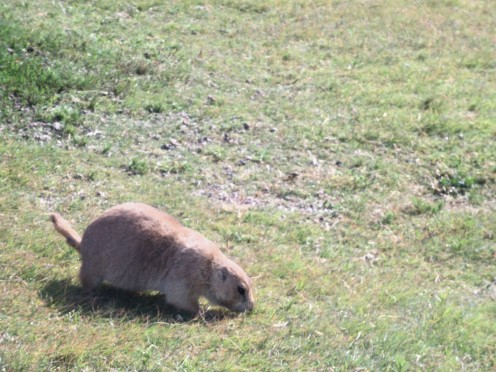
These cute little fellows might be called prairie dogs, because their warning call sounds like a dog's bark but they are certainly not dogs. Prairie dogs are a type of ground squirrel, and they are actually rodents. Prairie dogs actually earned their name from settlers traveling across the plains who thought that these warning calls sounded similar to a dog barking. My very first encounter with one of these cute guys was as I was driving down the interstate. I was in heavy traffic, and I couldn't just switch lanes at a moments notice. A little prairie dog ran right out in front of me and stopped right in his tracks. I knew I couldn't stop in time, so I couldn't do anything but keep driving straight. The little prairie dog looked me right in the eyes, and ducked down as I approached him. I drove right over him, and when I looked back in my rear view mirror at him I saw him stand back up, look at me and run back off of the roadway to safety. This was one of the coolest driving experiences that I have ever had in my lifetime, and it had a good ending to boot. So I thought that I would write a hub about prairie dog facts. All of the photos of the prairie dogs in this hub were taken at the prairie dog town that was located below the Devils Tower in the state of Wyoming.
Just The Simple Facts
Cute little prairie dogs are the most active at dawn and dusk, and they are colonial animals that live in underground burrows. Prairie dogs spend a lot of time building and rebuilding these burrows. These burrows have raised multiple entrances that are apart of a rather complex tunnel system, which are called prairie dog towns. There are specific areas in these burrows for nurseries, sleeping, toilets, storing food, kids rooms, and even listening posts near exits holes. The tunnels allow air to flow through them providing ventilation. The largest recorded black tailed prairie dog town is about 100 miles long, and is located in the western part of Texas.
Prairie dogs work together to share food, protect their burrow and often groom each other. When group members meet each other they give them a prairie dog kiss, or nuzzle. Prairie dogs act together to ensure each others’ safety. While the group forages and maintains the burrows, one or more individuals act as a sentinel keeping watch for danger. The sentinel will give a loud alarm bark if a predator approaches and the group will head for the safety of the burrow. I actually witnessed this action as two prairie dogs jumped up, and yelped at me as I walked close by to their hole. I thought that this was pretty cool.
Prairie dogs are intelligent animals with complex communication. They have a range of different barks and chirps for communicating different messages. They have specific calls for specific predators, and even have a specific alarm call for humans with a gun. Prairie dogs are very social animals that live in large colonies. A colony of prairie dogs can occupy very large spaces. Prairie dogs are herbivores. They eat different types of grass, seed and roots during the day. Prairie dogs hibernate during the wintertime. They will survive by using the energy from fat tissue that was collected during the year.
The babies don't normally leave the burrow until they are about 6 weeks old, and only consider leaving the group after they are a year old. Young pups are very playful and can often been seen romping near their burrows. Prairie dogs are the same size as rabbits. They can reach 12 to 15 inches in length, and 2 to 4 pounds in weight, and they have brownish grey fur. The average life span of a prairie dog in the wild is 3 to 4 years. Two prairie dogs recognize each other by touching their front teeth together. The mating season for Prairie dogs is in the month of March, with a gestation period of about 33 to 38 days. Prairie dog pups are normally born in April or May with an average litter size of 3 to 4 pups which can also range from 1 to 8 pups.
Life in colony provides protection against predators, because prairie dogs have a lot of predators. Hawks, eagles, coyotes, and snakes are a few of the prairie dogs’ predators. However these aren't the prairie dogs only enemies, because man is certainly on that list as well. Much of the Great Plains has been converted to farming or pastureland, and prairie dogs are not often welcome in such places, and they are often killed as pests. We might think prairie dogs are cute little animals, but farmers despise these little fellows for destroying their crops. Some farmers even pay a bounty of five dollars for each prairie dog that is killed, and they required a prairie dog tail as proof that the task is actually done. During the 20th century a good portion of all prairie dogs were exterminated, and their range has greatly shrunk to just five percent of its original historic spread.
Ecologists consider prairie dogs to be a keystone species of immense ecological importance. Snakes, burrowing owls and some other species use their deserted burrows for nesting areas. Prairie dogs play a vital role in maintaining the prairie ecosystem. Their churning activities aerate the soil allowing more water penetration, and their nitrogen rich droppings are a natural fertilizer which helps improves soil quality and vegetation. Prairie dogs even help aerate and fertilize the soil, allowing a greater diversity of plants to thrive.
These charismatic little prairie dogs live in the grasslands of central and western North America. These adorable animals can be found in the North America, Canada and Mexico. There are five species of prairie dogs, and they are the black tailed, white tailed, Gunnison’s, Mexican, and Utah. The most common species is the black tailed prairie dog which is the only species of prairie dog found within the vast Great Plains region of North America. Black tailed prairie dogs are the best known of the five prairie dog species. Another prairie dog species is the white-tailed prairie dog who lives in the western mountains. These rodents do not gather in large towns but maintain more scattered burrows. All species of prairie dogs hunker down in winter and burn the reserves of fat they have stored up. White-tails may hibernate for up to six months on their mountain plains, while their black-tailed cousins sometimes emerge to feed on warm days. Up in New York state and other areas prairie dogs are called woodchucks. However I don't know what that has to to with how much wood can a woodchuck chuck!
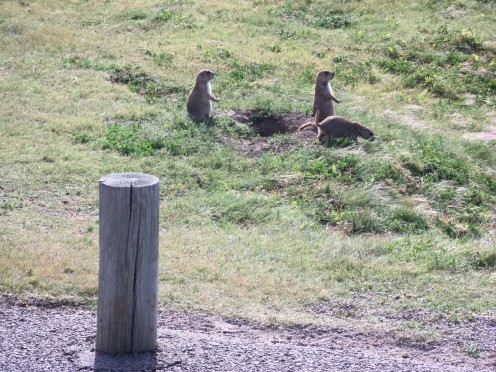
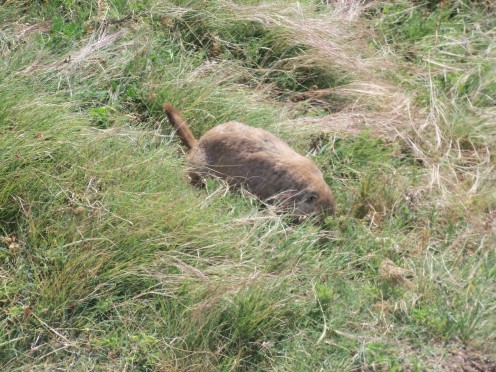
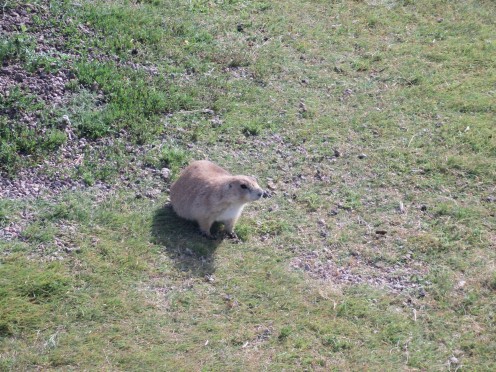
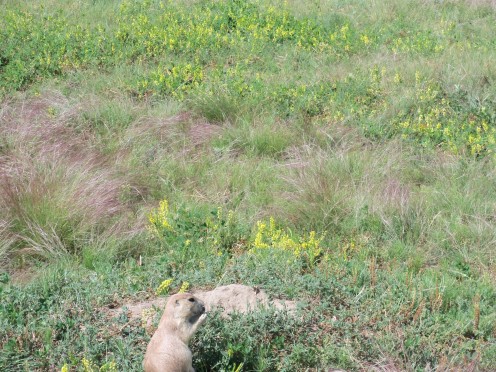
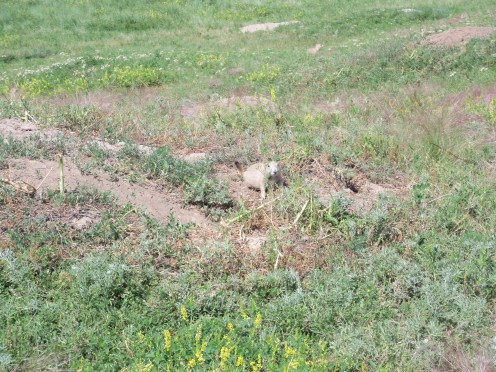
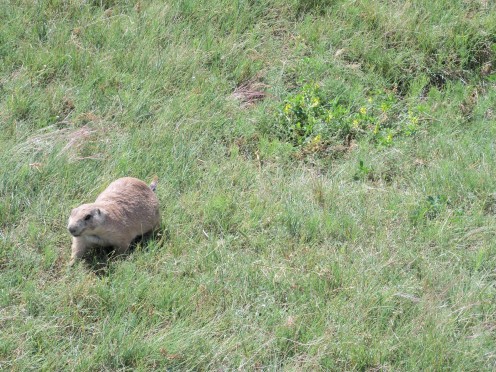
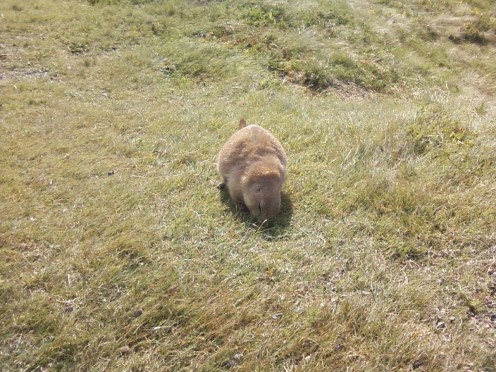
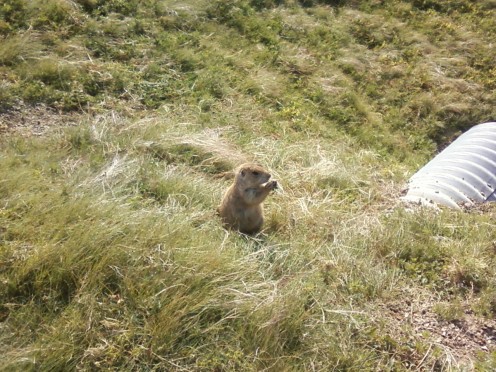
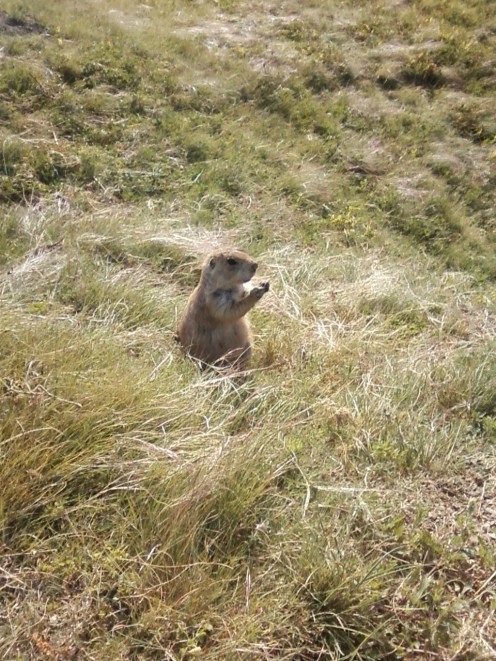
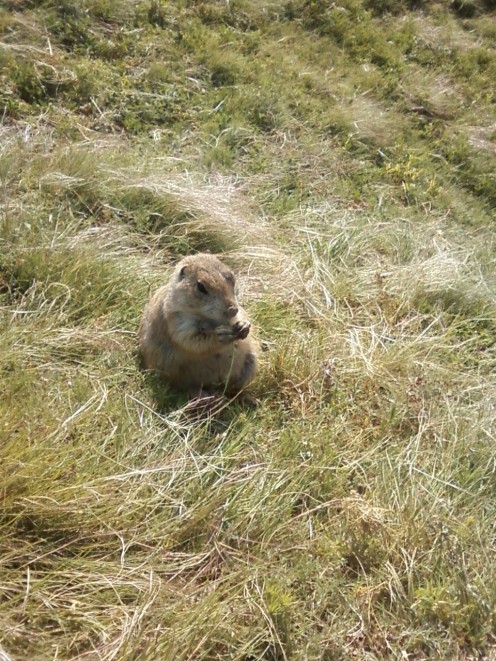
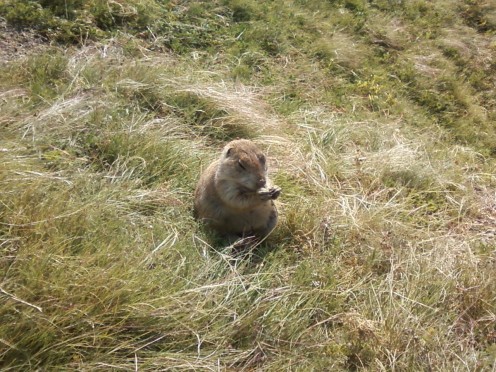
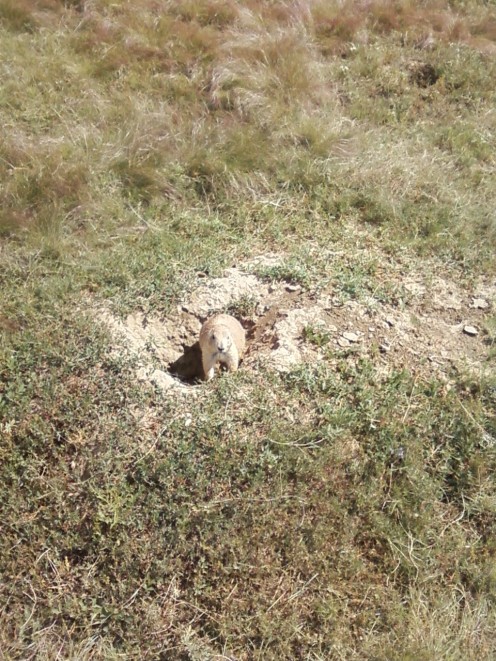
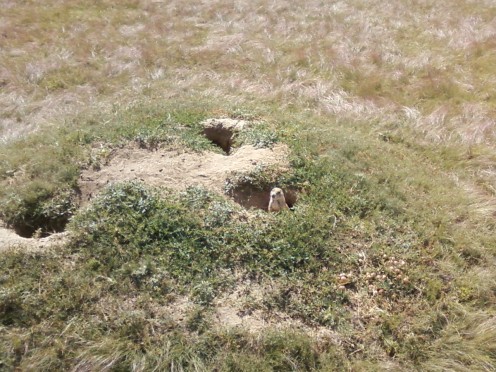

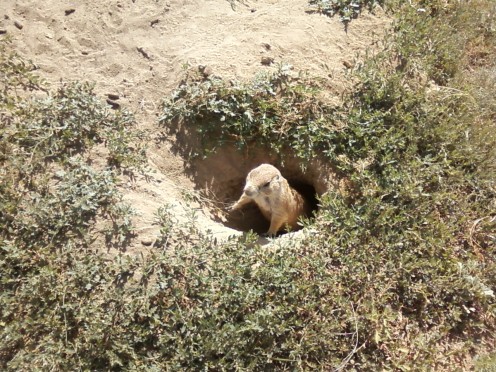
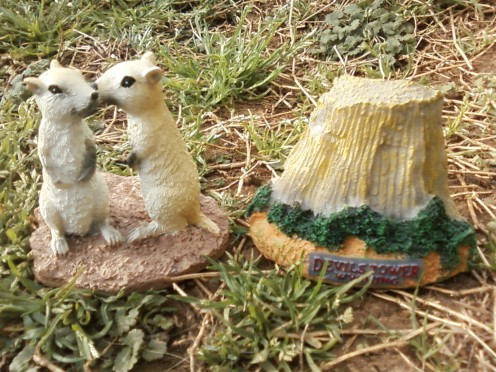
Something that I have always wondered about in life is what does the top of the Devil's Tower look like. I would think that by now climbers or aircraft would have taken photos of it, and posted them on the Internet. However even after I Google for images of the top of the Devil's Tower, nothing appears to come up in the searches.
